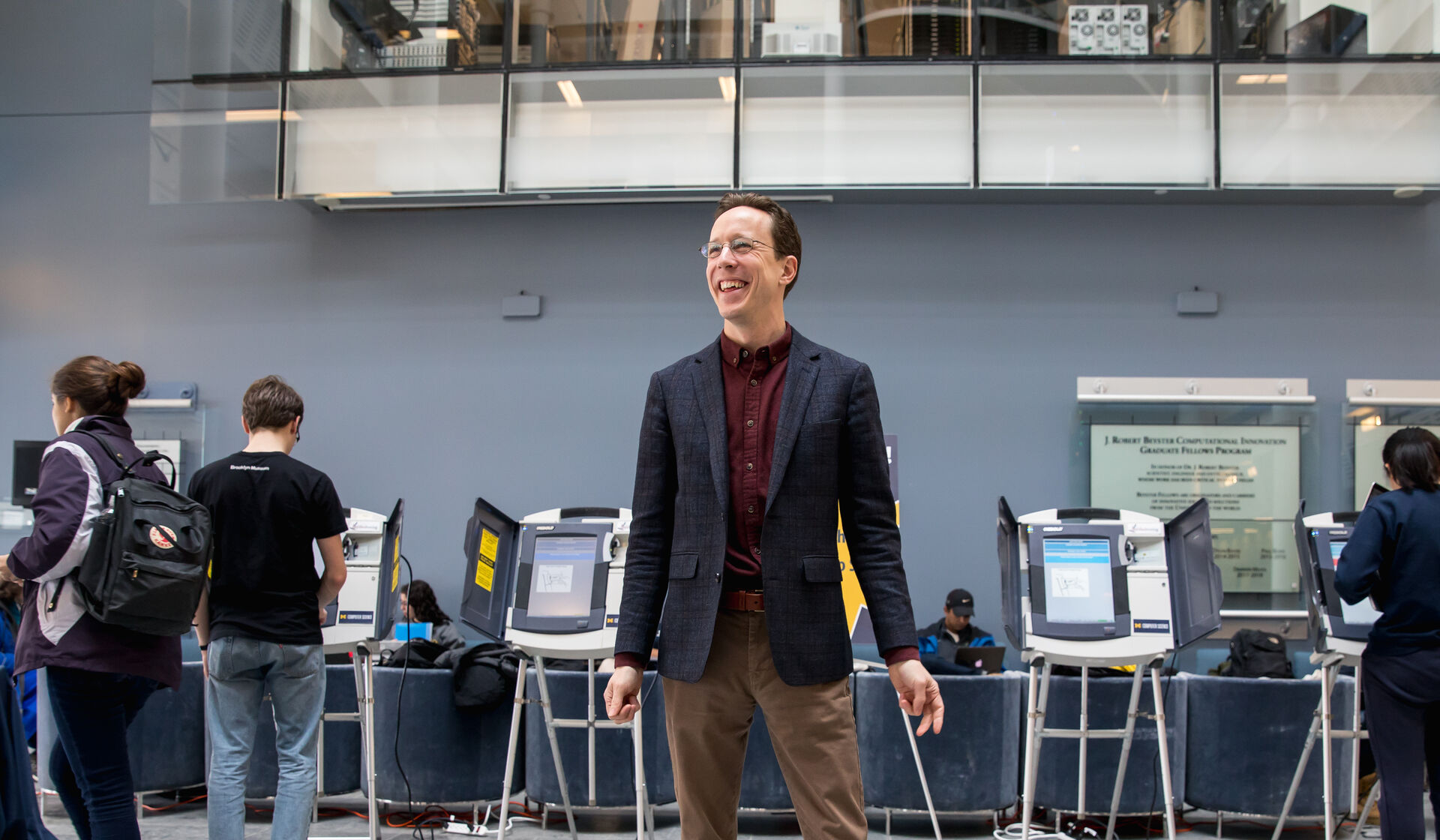As the calendar changes from winter to spring, more and more people’s thoughts will turn to Nichols Arboretum, whose 80 acres of trails, fields, and valleys should feel particularly inviting after this long pandemic winter. For 114 years, the U-M and Ann Arbor communities have enjoyed this haven that borders the Huron River, but the early history of the Arboretum was plagued by partyers, vandals, and an uncertain future.
Established in 1907, the early decades of the Arboretum saw the development of many lasting topographical features, including the Peony Garden in 1922. However, the build-up was hampered by persistent destructive incidents of sledding, partying, car travel, trampling, and general vandalism from some of the visiting public. One week, according an April 1923 edition of The Michigan Daily, saw several such acts, including the theft of the Arboretum’s only specimen of a small, freshly blossomed Chinese tree that was under special observation.
Some faculty saw the Arboretum’s upkeep as more trouble than it was worth. As U-M’s student population boomed and facilities lagged behind, civil engineering professor F.N. Menefee proposed a major overhaul of the grounds to create a winter sports facility.
“In seeking a location for providing an outlet for student energies,” Menefee wrote to U-M President Marion LeRoy Burton’s office in 1922, “I have noticed the tendency among students to congregate on winter days in the Arboretum off Geddes Avenue, and have discovered that if a small dam were thrown across the narrow outlet to the little valley composing the Arboretum, a reasonably good-sized lake would be formed which, considering its location in the hills, would make an ideal ‘winter sports garden,’ and which would provide for skating and tobogganing.” The plan would have drastically changed how the Arboretum grounds were used and would be developed into the future.
Though the “winter sports garden” never came to fruition, questions about the Arboretum’s worth remained. In 1934, U-M President Alexander G. Ruthven assembled a task force to evaluate the future of the property. The group affirmed Nichols Arboretum’s value to the University to “become a haven of quiet a hundred years from now when our rich native flora will have become a thing of the past in most places.”
Though today’s pandemic has put a pause on organized activities and visitors must wear masks and socially distance, just as Ruthven envisioned, Nichols Arboretum remains open to the public from sunrise to sunset every day. It is also the quiet oasis it was meant to be.
Gregory Lucas-Myers, ’10, is senior assistant editor of Michigan Alumnus.





